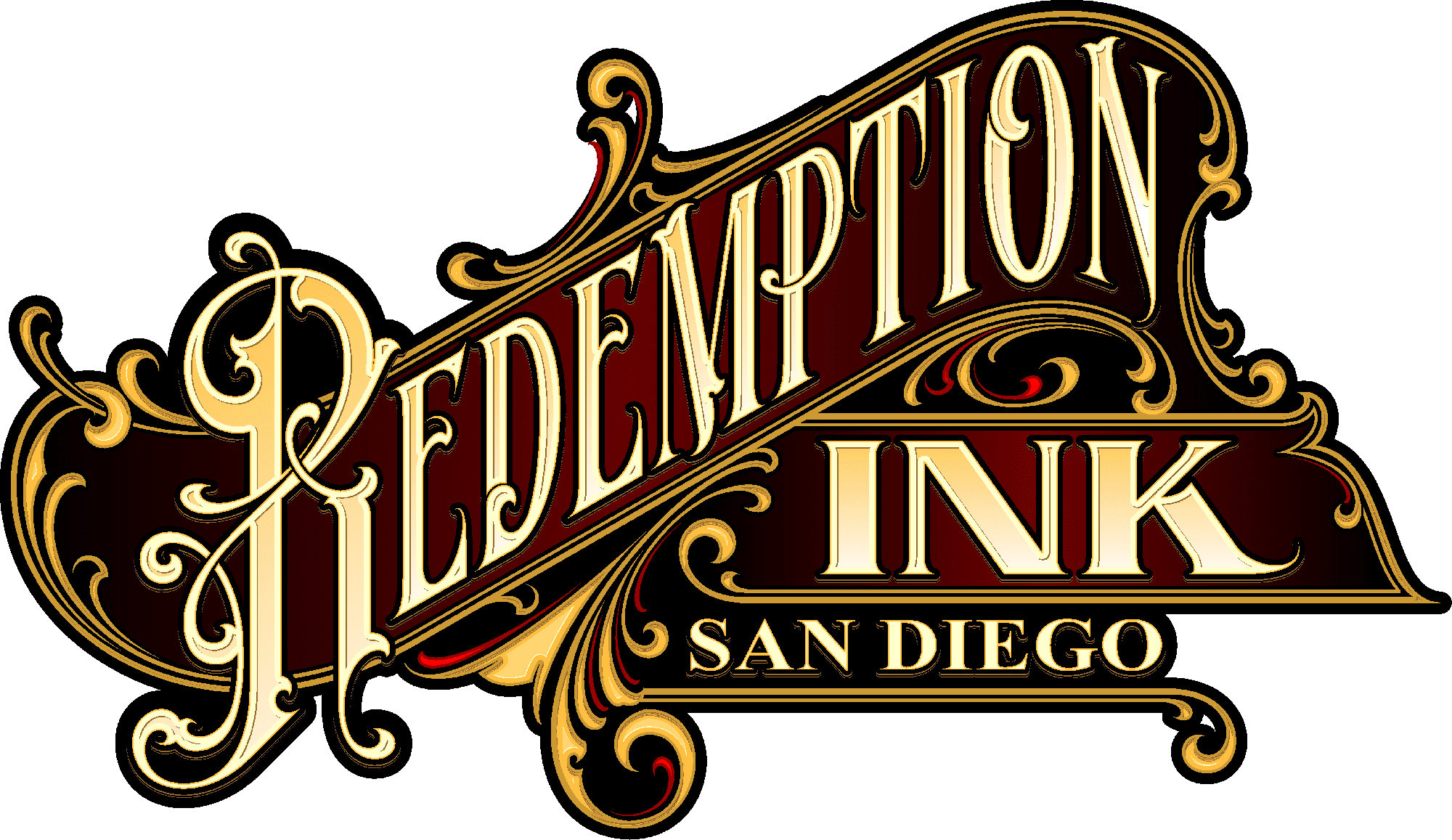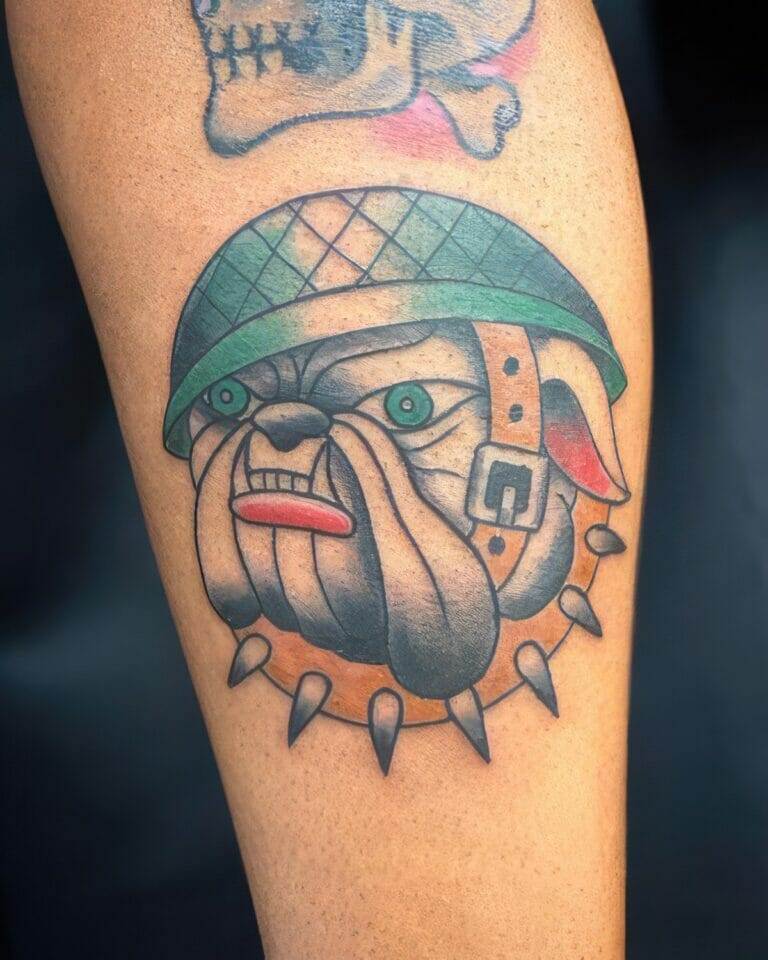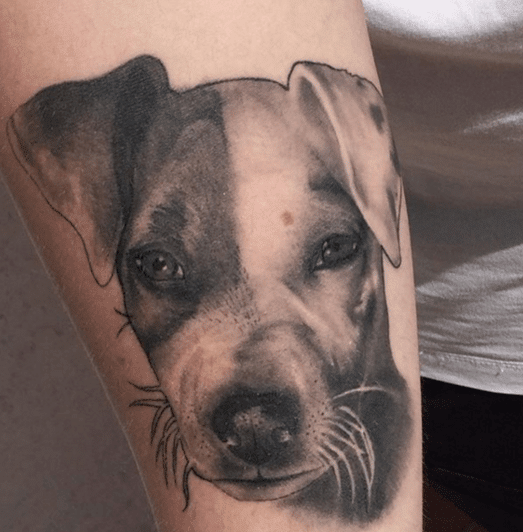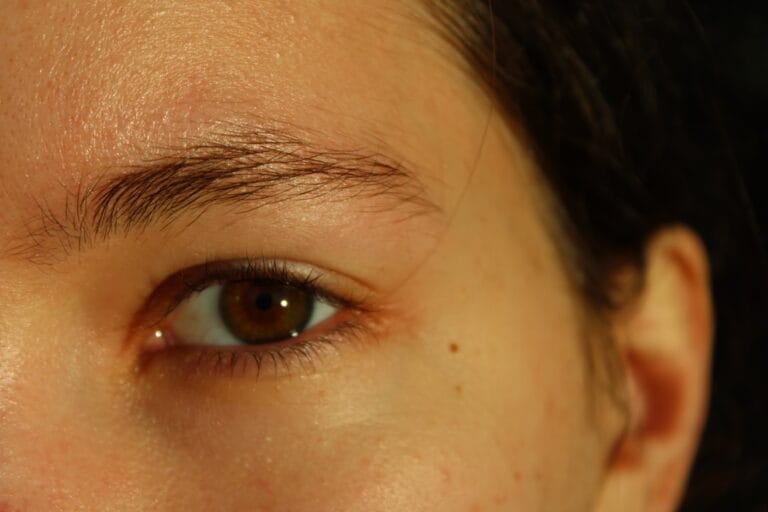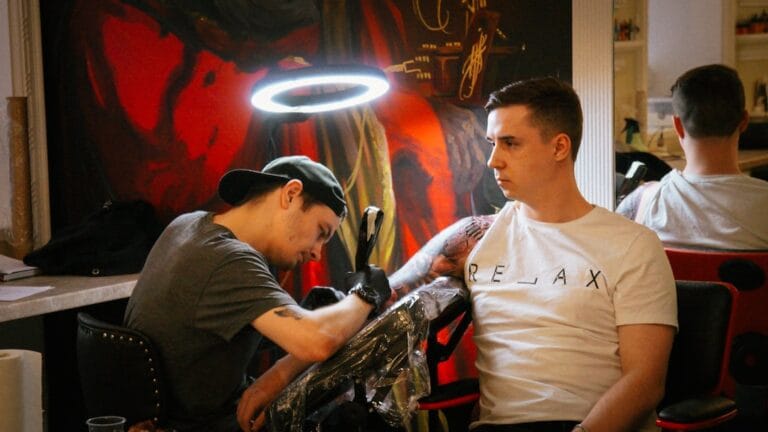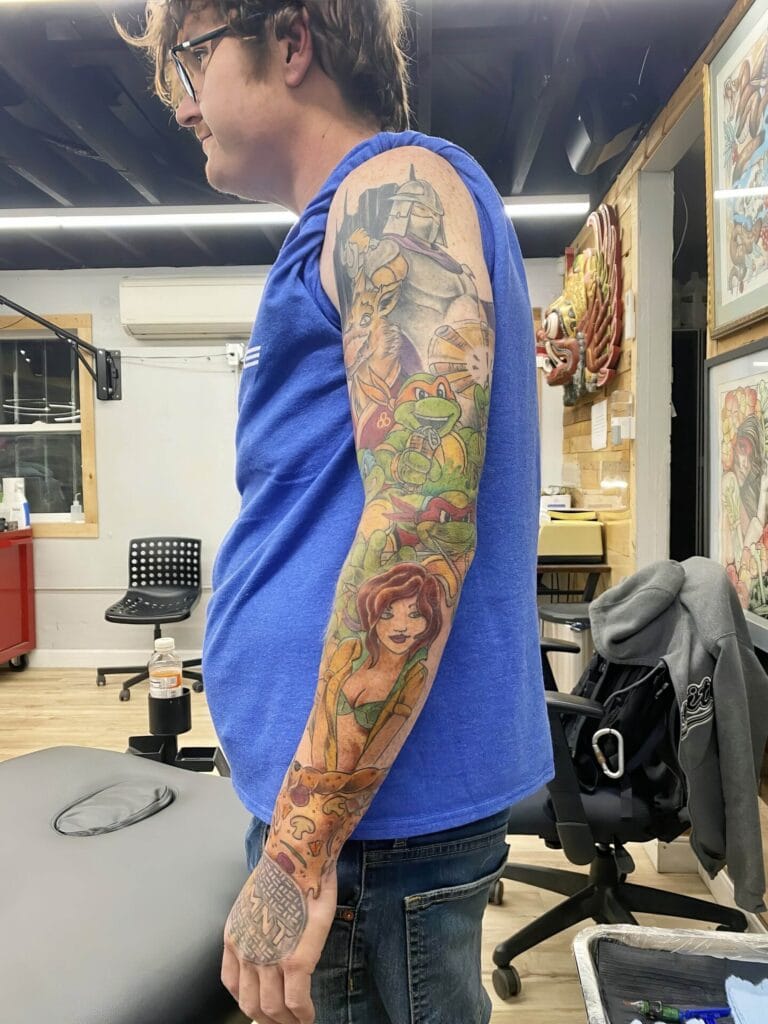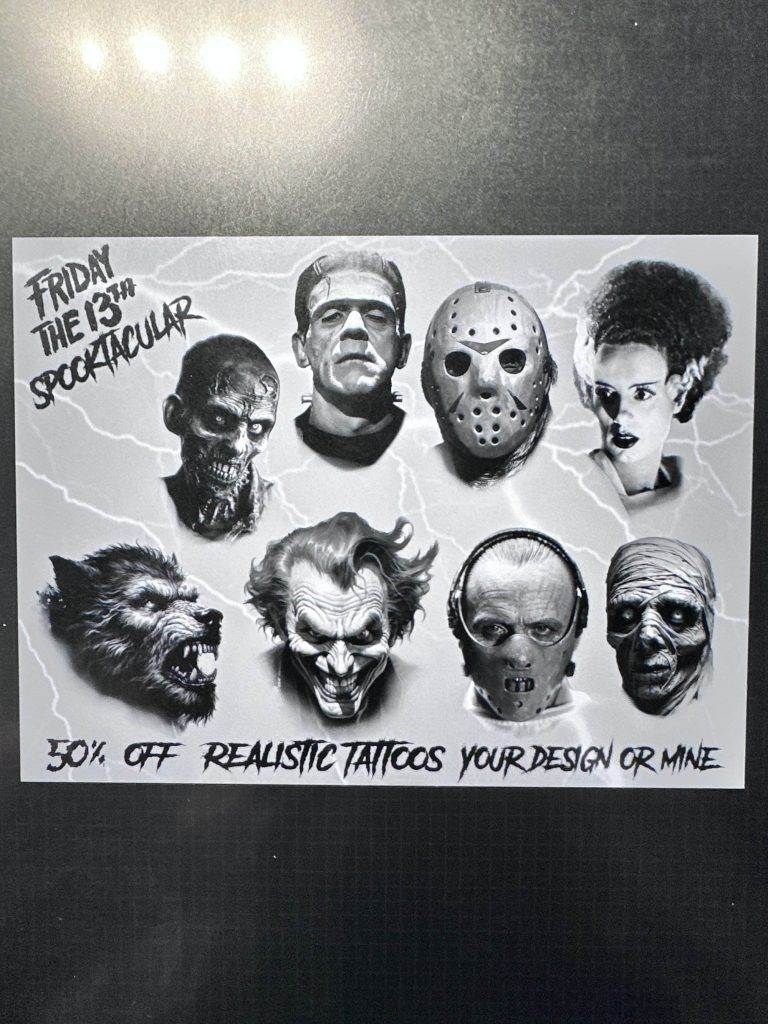
Introduction
Tattoos have long been a form of artistic expression, evolving from ancient practices to the stunning, intricate designs we see today. As personal stories and cultural expressions blend seamlessly with artistry, understanding the history of tattoo designs provides valuable context for the modern tattoo landscape.
History of Tattoo Designs
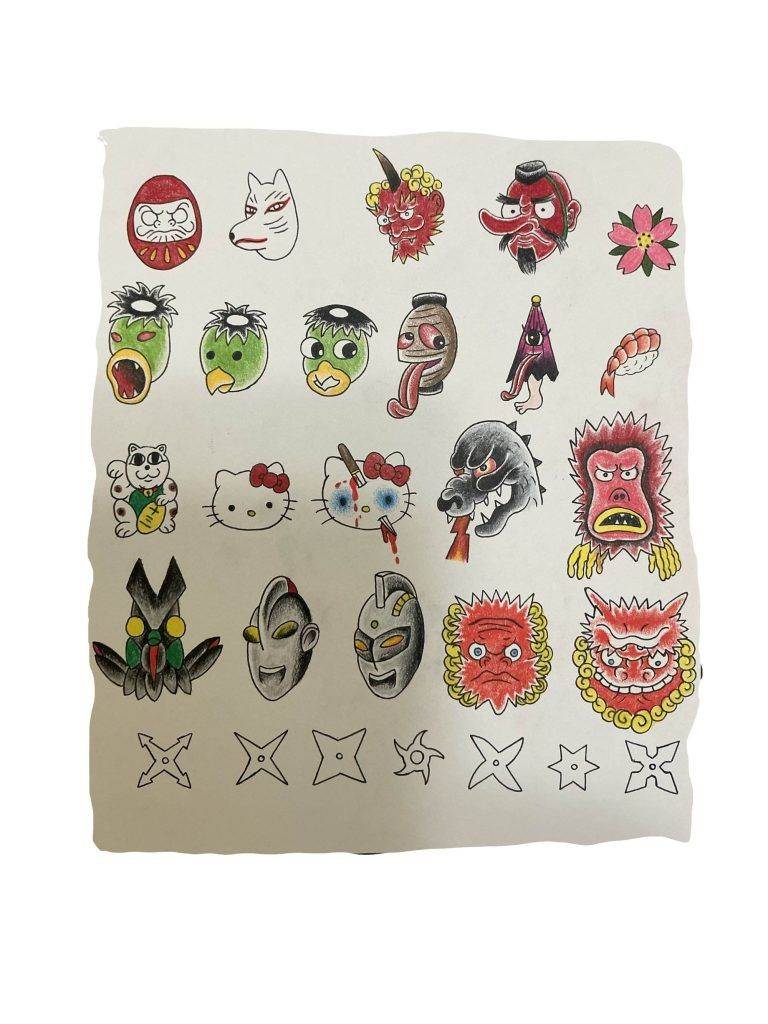
Tattooing can be traced back thousands of years across various cultures. From the ancient Egyptians, who used tattoos for religious purposes, to Polynesian tribes where tattoos symbolize social status and accomplishments, the significance of body art has been profound and diverse. Some key historical points include:
- Ancient Practices: Evidence from archaeological findings shows that tattooing was practiced in ancient civilizations, often as rites of passage or spiritual markings.
- Cultural Significance: In many cultures, tattoos celebrate identity, belonging, and transformation, often telling stories of one’s life journey.
- Colonial Influence: With the spread of colonialism, traditional tattoo practices faced censorship, leading to the loss of many cultural meanings tied to specific designs.
As tattoos became popular in the West, particularly in maritime culture during the 18th and 19th centuries, they gradually shifted from cultural symbolisms to aesthetic expressions.
Rise of Custom Tattoo Designs
In recent decades, the tattoo industry has seen a significant shift towards personalization and customization, driven by a desire for unique forms of expression. The rise of custom tattoo designs represents both artistic innovation and a deeper connection between the individual and their body art. Several factors have contributed to this trend:
- Technological Advances: Improved equipment and techniques have allowed for more complex and detailed tattoo artwork.
- Influences of Social Media: Platforms like Instagram have enabled artists to showcase their work widely, leading to greater demand for bespoke creations.
- Client Involvement: Many people today want their tattoos to reflect their own stories, beliefs, or experiences, leading to consultations where artists and clients collaborate closely before settling on a design.
In essence, the journey from historical tattoo practices to contemporary custom designs highlights a shift towards individuality, signaling that, for many, tattoos are not just ink on skin but a canvas of personal narratives and cherished memories.
Traditional Flash Tattoos
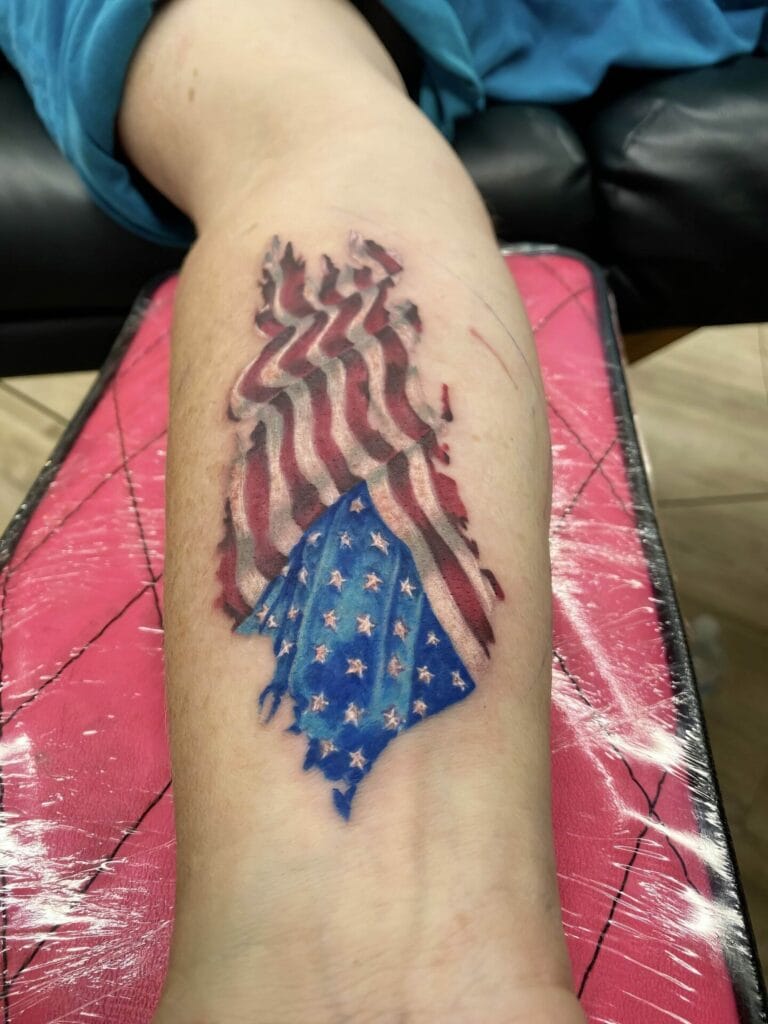
As the tattoo industry has evolved, traditional flash tattoos have carved out a distinct niche, offering designs that carry a rich heritage while also appealing to modern tastes. Flash tattoos are pre-drawn images displayed on sheets for clients to choose from, often reflecting time-honored styles and cultural meanings.
Characteristics and Styles
Traditional flash tattoos are known for certain distinctive characteristics that set them apart:
- Bold Lines and Vibrant Colors: These tattoos typically employ thick black outlines and bright color palettes, ensuring that the designs stand out prominently on the skin.
- Iconic Imagery: Common subjects include skulls, roses, anchors, eagles, and nautical themes, often imbued with symbolic meanings tied to love, loss, and adventure.
- Simplicity: While some may view traditional flash as basic, the appeal lies in its clarity and straightforwardness. These designs often convey complex messages without convoluted details.
Examples of popular styles within traditional flash include American Traditional, Japanese Irezumi, and Old School, each with their unique flair and storytelling approach.
Popularity and Evolution
Traditionally, flash tattoos were a staple of tattoo parlors, especially in the mid-20th century, attracting clients seeking quick and accessible designs. Their enduring appeal can be attributed to several factors:
- Accessibility: Flash tattoos make getting inked less intimidating by providing clients with visual options that require less deliberation.
- Cultural Resurgence: With tattoos gaining acceptance as an art form, many individuals are embracing traditional flash as a nod to history. This resurgence reflects a desire to connect with the roots of tattoo culture.
- Mixing Styles: Artists today often blend traditional flash with modern techniques, creating hybrid designs that retain the essence of classic tattoos while infusing contemporary twists.
Overall, traditional flash tattoos celebrate the artistry of tattooing while evolving with societal trends. They invite both seasoned collectors and newcomers to partake in a shared narrative that bridges past and present, offering a glimpse into the enduring legacy of body art.
Custom Tattoo Designs
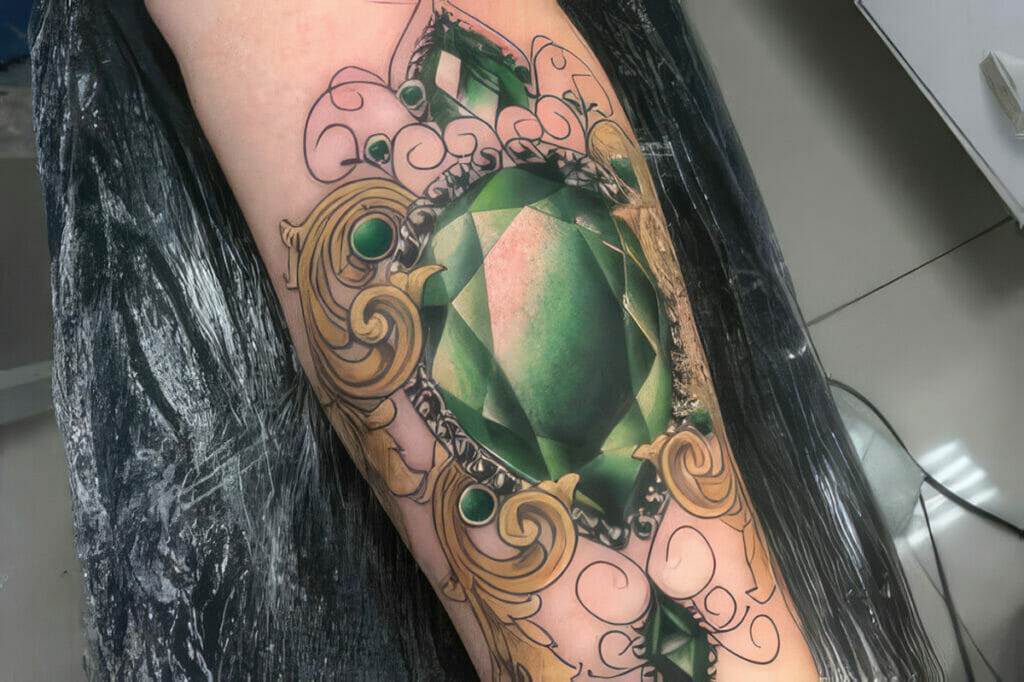
Transitioning from the world of traditional flash tattoos, the realm of custom tattoo designs opens up an exciting dimension of personal expression and collaboration. Custom tattoos allow clients to craft unique pieces of art that reflect their individual stories and experiences, forging a powerful connection between the wearer and the art itself.
Collaborating with Artists
The process of creating a custom tattoo begins with collaboration between the client and the artist. This partnership is essential as it ensures that the final design embodies the wearer’s vision, ideas, and emotions. Here are some key aspects of this collaborative process:
- Initial Consultation: Most artists schedule a consultation to discuss ideas, themes, and preferences, allowing clients to share the significance behind their desired tattoo.
- Design Development: Once the concept is clear, the artist will typically work on sketches, iterating based on the client’s feedback. This back-and-forth helps refine the design to perfection.
- Artistic Input: Experienced artists bring their own creativity to the table, suggesting elements or styles that can enhance the overall concept, ensuring the final tattoo is not only personal but also artistically compelling.
This collaborative effort leads to a unique work of art that resonates deeply with the individual.
Expressing Personal Stories
One of the most compelling aspects of custom tattoos is their ability to narrate personal stories. Each piece can represent significant moments, beliefs, or emotions in a person’s life, transforming the skin into a canvas of memories. Consider these popular themes often explored in custom tattoo designs:
- Life Milestones: Celebrating events such as births, marriages, or achievements through symbols or dates that hold personal meaning.
- Tributes and Memorials: Tattoos can serve as lasting tributes to loved ones who have passed, encapsulating their spirit through imagery linked to cherished memories.
- Cultural Heritage: Many individuals opt for tattoos that highlight their heritage or culture, serving as a proud reminder of their roots and identity.
Custom tattoos allow individuals to share their personal narratives with the world in a visually stunning way. They epitomize the notion that tattoos are not merely decorative but profound representations of one’s journey, beliefs, and history, creating an enduring bond between body art and the stories within.
Factors to Consider
As individuals embark on the journey of getting a custom tattoo, several important factors must be taken into account to ensure that the design harmoniously integrates with their personal style and lifestyle choices. Among these, placement and size, as well as color and detail options, play crucial roles in determining how the final piece will be perceived.
Placement and Size
The location of a tattoo on the body significantly influences not only its visibility but also its emotional connection to the wearer. Here are some considerations regarding placement and size:
- Visibility: Some individuals prefer tattoos that can be easily shown off, such as on the forearms, wrists, or upper arms. Meanwhile, others opt for more discreet placements like the ribcage, back, or thighs.
- Body Curvature: The natural contours of the body can enhance the appearance of the tattoo. For instance, designs that wrap around the arm or leg can create a dynamic visual effect.
- Size Considerations: Larger tattoos can accommodate intricate details and complex designs, making them more impactful. However, they may require multiple sessions and a considerable time investment.
Ultimately, discussing placement and size with a skilled artist can lead to a design that not only fits the body well but also aligns with the wearer’s lifestyle and preferences.
Color and Detail Options
Beyond placement, the choices surrounding color and detail can transform a good tattoo into a stunning work of art. Here are some critical factors to consider:
- Color Palette: Deciding between black and gray or vibrant colors depends on personal style and the intended mood of the design. For instance, black and gray tattoos often convey a sense of timelessness, while colorful tattoos can evoke feelings of joy and vibrancy.
- Level of Detail: Some designs thrive on intricate detail, while others are best represented through bold, simplified shapes. It is crucial to discuss with the artist how detailed the tattoo should be, considering how skin may affect the clarity of fine lines over time.
Communication with the tattoo artist about these factors fosters a cohesive and well-planned design that reflects the individual’s vision and ideas. Careful thought into placement, size, color, and detail ensures that the tattoo not only serves as a personal expression but also as a work of art that resonates profoundly.
Tattoo Design Process
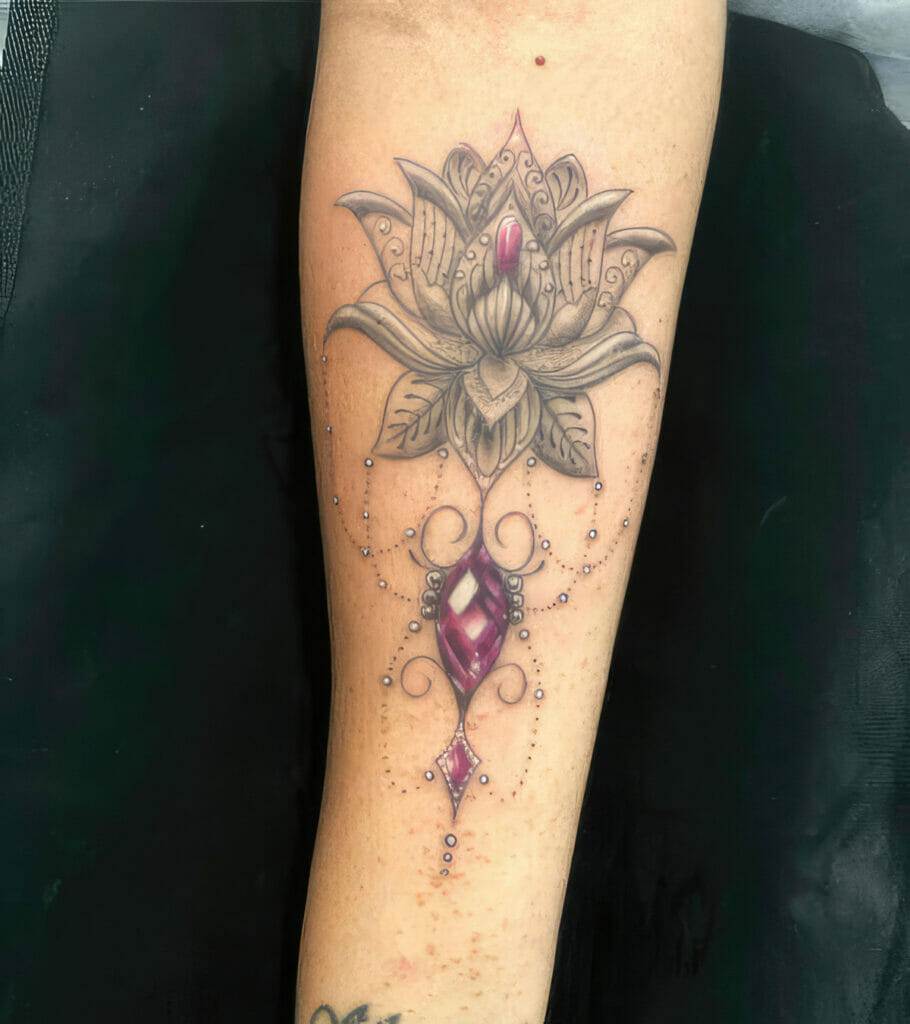
Once individuals have carefully considered factors like placement and color, they enter the exciting phase of the tattoo design process. This journey is marked by collaboration and creativity, culminating in a piece of art that reflects personal stories and unique identities.
Consultation and Design Creation
The initial consultation sets the stage for the entire tattoo experience. During this critical meeting, clients discuss their ideas and expectations with the artist, allowing for a rich exchange of thoughts. Key points to cover during this stage include:
- Sharing Inspiration: Clients can bring images, sketches, or even written concepts that express their vision. This helps the artist understand the desired style and themes.
- Concept Development: The artist will often sketch out preliminary designs based on the discussion. This phase could involve several revisions as feedback is exchanged, ensuring that the design aligns with the client’s vision.
- Finalization: Once both parties are satisfied, the final design is created. It’s essential for the client to visualize the artwork before the actual tattooing begins, as no detail should be overlooked.
Through this collaborative process, both the artist and client lay down the groundwork for a meaningful piece of body art.
Tattoo Application Techniques
After the design is finalized, the next step is the application of the tattoo itself. This is where artistry meets technique. Some key aspects to consider during the application phase include:
- Preparation: A clean, sterile environment is paramount. The artist will typically sanitize the area of the skin where the tattoo will be applied, ensuring the safety and comfort of the client.
- Tattooing Techniques: There are various techniques employed for different styles:
- Traditional Hand-Poke: A method often used for simpler, bold designs, where the artist uses a needle to manually apply the ink.
- Machine Tattooing: This is the most common approach, using an electric machine to quickly insert ink into the skin, allowing for detailed designs and shading.
- Aftercare Advice: Post-tattoo care is crucial for healing and preserving the artwork. The artist will provide specific instructions on how to care for the tattoo in the following weeks.
The tattoo design process is an artful blend of collaboration and technique that culminates in a piece of body art embodying a personal narrative. By understanding each step, clients can feel more prepared and excited about their journey into tattooing, ensuring their experience is as enjoyable as it is meaningful.
